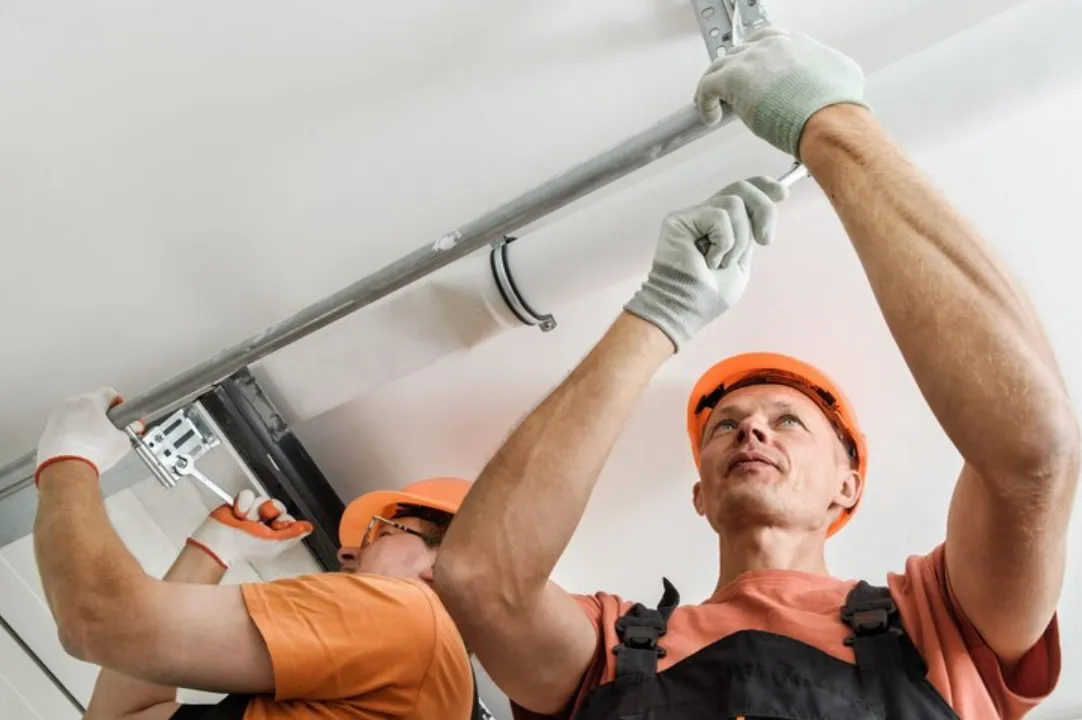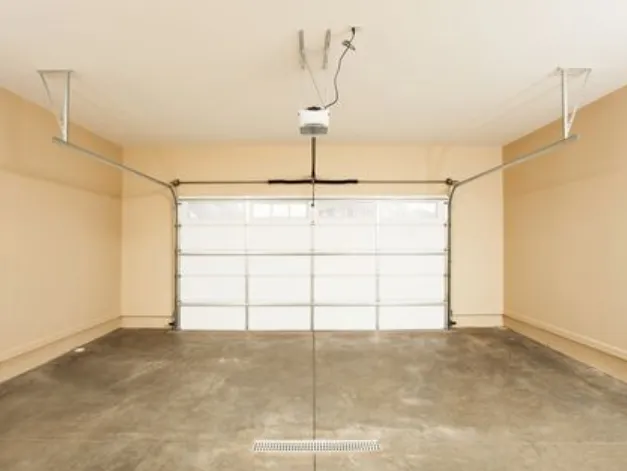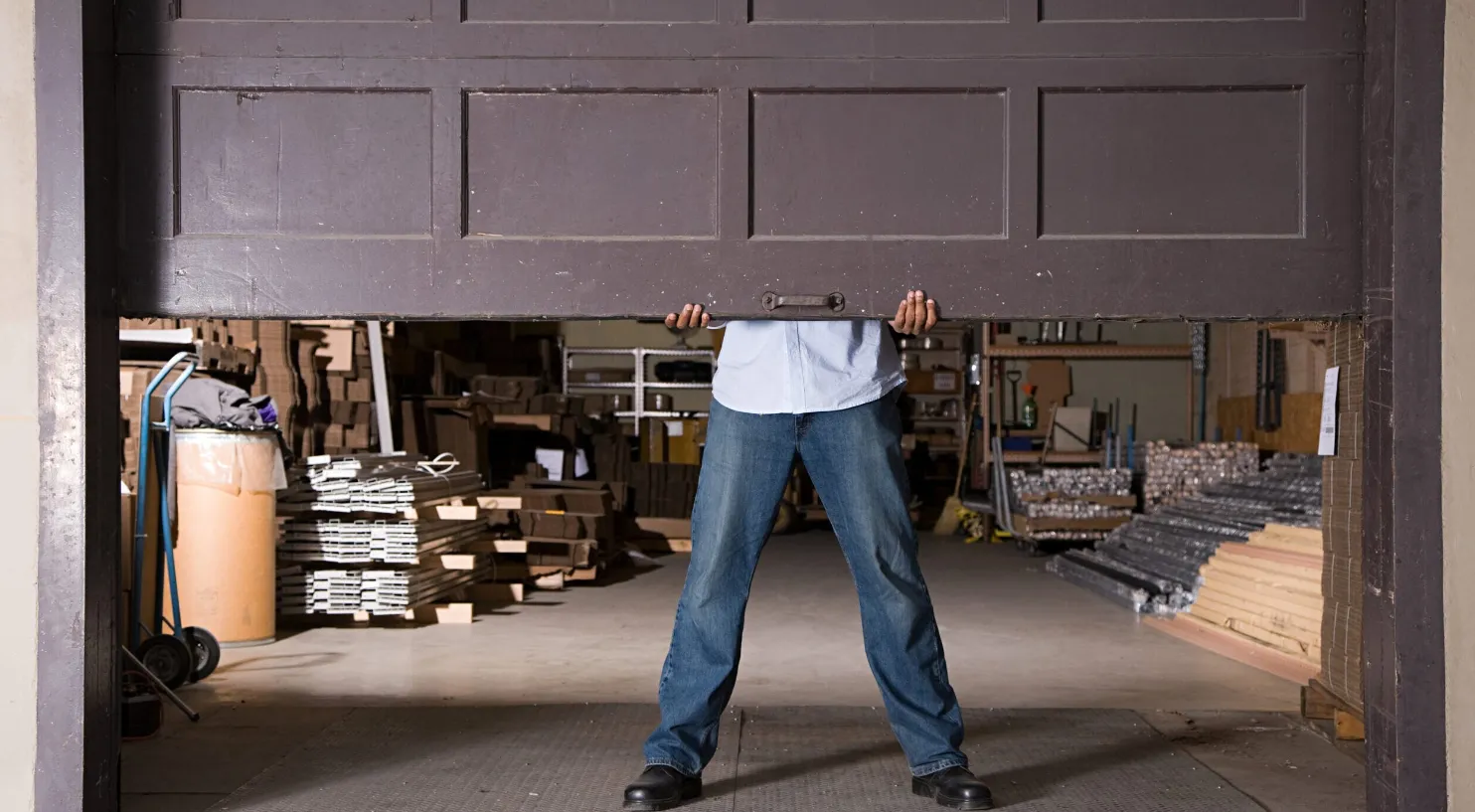In the contemporary household, a garage door opener is a silent guardian offering security, convenience, and cost-efficiency. It’s a remarkable blend of technology and practicality that makes our lives smoother. This piece aims to provide a thorough understanding of the costs involved in garage door opener installation and maintenance, aiding you in making informed decisions.
I. Initial Expense Analysis
A. Average Cost Dynamics
The journey towards installing a new garage door opener begins with understanding the cost dynamics. Notable brands like Genie, LiftMaster, Chamberlain, Craftsman, Sommer, and Linear have carved a niche in the market, each with unique pricing structures.
Here’s a glimpse into the cost range of these distinguished brands:
- Genie: $200 – $450
- LiftMaster: $250 – $450
- Chamberlain: $150 – $400
- Craftsman: $140 – $300
- Sommer: $180 – $400
- Linear: $200 – $350
The variance in costs often mirrors the features, durability, and technology each brand encapsulates.
Brand Low Cost High Cost Average Cost
Genie $200 $450 $325
LiftMaster $250 $450 $350
Chamberlain $150 $400 $275
Craftsman $140 $300 $220
Sommer $180 $400 $290
Linear $200 $350 $275
B. Model-Based Cost Variance
The type of garage door opener you choose significantly impacts the cost. The common types include Belt-Drive, Chain-Drive, Direct-Drive, Screw-Drive, and Jackshaft-Drive, each with its cost dynamics.
- Belt-Drive Openers: Known for quiet operation, priced between $160 – $350.
- Chain-Drive Openers: Robust, a bit noisy but cost-effective, with prices ranging from $150 – $250.
- Direct-Drive Openers: Known for longevity and quiet operation, priced between $280 – $500.
- Screw-Drive Openers: These openers are fast and require less maintenance, priced between $150 – $350.
- Jackshaft-Drive Openers: Mounted beside the door, they are suitable for garages with a high or low ceiling, priced between $250 – $450.
Model Type Low Cost High Cost Average Cost
Belt-Drive $160 $350 $255
Chain-Drive $150 $250 $200
Direct-Drive $280 $500 $390
Screw-Drive $150 $350 $250
Jackshaft-Drive $250 $450 $350
II. Installation In-depth Cost Analysis
A. Professional Installation Cost
Having a professional install your garage door opener is a choice many homeowners make for peace of mind. The expertise ensures a hassle-free and safe installation. However, this comes with its own set of costs:
- Labor Costs: Professional installation labor costs can range from $65 to $85 per hour. The overall labor charge depends on the complexity of the installation and the brand/model of the garage door opener.
- Duration: The duration of the installation can span anywhere between two to six hours, depending on the model and the existing setup of the garage.
- Additional Factors: The region you live in, the brand of the opener, and the type of garage door you have (e.g., single, double, with/without existing opener system) can also influence the total installation cost.Comparing different professional installation options could provide you with a better understanding of what to expect.
B. DIY Installation Insights
For those with a knack for mechanics, a DIY installation might be an appealing, cost-effective alternative. Here’s what you need to consider:
- Equipment: Basic tools are usually required, though some advanced garage door opener models may necessitate specialized tools.
- Skills Required: A good understanding of garage door mechanics and basic electrical knowledge is crucial for a successful DIY installation.
- Safety Precautions: Ensuring the garage door is balanced, disconnecting the opener from the power, and following all instructions meticulously are paramount for safety. Read our guide on How to Program a Garage door opener to save your time.
III. Operational and Supplementary Costs
A. Motor Replacement and Maintenance
The motor is the heart of your garage door opener, and over time, it may require replacement or maintenance:
- Motor Replacement Costs: Depending on the type and brand, motor replacements can range from $275 to $800.
- Routine Maintenance: Regular maintenance like lubrication and minor adjustments can extend the life of your motor and the entire opener system. The cost for professional maintenance services can range from $130 to $300. Explore garage door maintenance tips to keep your system running smoothly.
B. Accessory Expenses
Modern garage door openers come with a myriad of accessory options for enhanced functionality and convenience:
- Remote Controls: Additional or replacement remote controls can cost between $30 and $90.
- Wi-Fi Compatibility: Smart garage door openers with Wi-Fi compatibility allow for remote operation and monitoring, usually priced between $250 and $500.
- LED Lights: Integrated LED lighting provides visibility and security, with costs varying based on the model and brand. Delve into different types of garage door openers to understand the array of features and accessories available.
IV. Technological Advancements and Costs
A. Smart Features
Modern-day garage door openers come laden with smart features that not only heighten the garage security but also enhance the convenience of operating the garage door:
- Mobile Control: The ability to control your garage door from your smartphone is a feature that’s becoming standard in many models. This feature often comes with a higher upfront cost, but the convenience it offers is unparalleled.
- Subscriptions: Some smart garage door openers require a subscription for continued access to all of its smart features. The subscription costs can vary, but typically they range from $1 to $10 a month.
- Smart Home Integration: Integrating your garage door opener with other smart home devices might incur additional costs but also offers an elevated level of home automation and security.Learn more about smart garage door features and their integration.
B. Energy Efficiency
Energy-efficient models and LED lighting are steps towards a greener and more cost-effective operation:
- Energy-Efficient Models: These models are designed to use less electricity which, over time, can lead to significant savings on your energy bills.
- LED Lighting: LED lights use less energy and last longer than traditional bulbs, translating to lower replacement costs and energy bills.Discover the benefits of energy-efficient garage doors and how they contribute to a sustainable living.
V. Geographic Cost Discrepancy
A. Regional Price Variances
The cost of garage door opener installation can vary significantly from one region to another due to differences in labor costs, market prices, and other regional factors:
- City-wise Price Variance:
- Los Angeles: $400 Miami: $340 New York: $430
These prices depict the average costs of garage door opener installation in these cities, showcasing the geographic cost discrepancy. Check the cost to install a garage door opener in your area and compare it with national averages to plan your budget effectively.
VI. Cost-Saving Strategies
A. Multiple Quotes and Horsepower Optimization:
- Multiple Quotes: Gathering multiple quotes from reputable installers or retailers provides a broader perspective on the cost spectrum, enabling you to make a more informed decision.
- Horsepower Optimization: Selecting the appropriate horsepower for your garage door opener based on the size and weight of your garage door is critical for cost-efficiency and effective operation. Learn how to select a garage door opener with the right horsepower to ensure optimal performance.
B. Package Discounts and Retailer Promotions:
- Package Discounts: Some companies offer discounts for purchasing or installing multiple units, which can lead to substantial savings, especially for multi-car garages.
- Retailer Promotions: Retailers like Home Depot and Lowe’s often run promotions or offer discounts on garage door openers and installation services. Look into cheapest garage door options and retailer promotions to find the most cost-effective solution for your home.
VII. Comparative Evaluation
A. Brand and Model Comparison:
- Cost-Effectiveness: Comparing the costs along with the features provided by different brands and models can provide a clearer insight into the cost-effectiveness of each option.
- Features: Delve into the array of features offered by different brands and models to find the one that aligns with your needs and preferences.
- Longevity: Evaluating the longevity and durability of different brands and models can also contribute to making a cost-effective decision in the long term. Explore a detailed comparison of different garage door openers to make an informed choice that caters to your specific needs and budget.
VIII. FAQs and Practical Tips
A. Lifespan and Maintenance:
- Lifespan of Garage Door Openers: On average, garage door openers last about 10 to 15 years, depending on the quality of the unit, usage, and maintenance practices.
- Can I install a garage door opener myself, or do I need a professional?
- Installation of a garage door opener can be a DIY project if you have some basic mechanical skills. However, if you are unsure or uncomfortable with the task, it’s advisable to hire a professional installer. The professional installation ensures the opener operates safely and correctly.
- Is it more cost-effective to repair or replace my garage door opener?
- The cost-effectiveness of repairing versus replacing your garage door opener largely depends on the age and condition of your current unit. If your opener is near or beyond its average lifespan, or if the cost of repairs is more than half the cost of a new unit, replacement is often the more economical choice.
- Maintenance Requirements: Regular maintenance such as lubricating moving parts, checking the balance of the door, and ensuring the sensitivity of the auto-reverse feature can extend the lifespan of the opener. Find more on garage door maintenance tips to keep your opener functioning efficiently for years.
B. DIY vs. Professional Installation:
- Cost: DIY installation can save on labor costs, but may require additional tools or materials. Professional installation, while more expensive, ensures a correct and safe setup.
- Time: Professional installation is quicker and usually completed within a few hours, whereas DIY installation may take longer, especially for those with limited mechanical skills.
- Skill Level: DIY installation requires a good understanding of mechanical and electrical systems, while professional installation requires no effort on your part. Assess the pros and cons of DIY vs professional garage door opener installation to decide the best route for your situation.
C. Repair vs. Replacement Decision:
- Cost-Effectiveness: Repairing minor issues can be more cost-effective in the short term, but replacing an old or frequently malfunctioning opener may save more in the long run.
- Functional Improvements: Replacing the opener can provide an opportunity to upgrade to a model with more features or better performance.Explore replacing a garage door opener versus repairing, and learn when it’s time to invest in a new unit.
Final Thoughts
Investing in a garage door opener entails considering various financial factors, from initial expenses to ongoing operational costs. The choice between different brands like Chamberlain, Genie, and LiftMaster, alongside the type of garage door opener, be it Belt-Drive, Chain-Drive, Direct-Drive, Jackshaft-Drive, or Screw-Drive, further adds layers to the financial decision. The exploration through professional to DIY installation, smart feature enhancements, and geographical price variances provides a holistic view of the cost implications.
Embark on a well-informed decision by exploring current prices and promotions at local or online retailers. Seek professional advice to ensure a thorough financial understanding, aligning your investment with your budget and home security expectations. Your ideal garage door opener is just a decision away.
While considering the cost of a garage door opener, it’s also important to be prepared for unexpected scenarios. For instance, if you ever find yourself without power, our guide on how to open your garage door without power can be a lifesaver. Moreover, if your garage door won’t open, it’s crucial to understand the potential causes and solutions, which we’ve detailed in our article about troubleshooting a garage door that won’t open. Lastly, the functionality of your garage door opener is key to its performance. To ensure it operates smoothly, learning how to reprogram your garage door opener can be incredibly useful, especially after installing a new one or experiencing technical issues.




